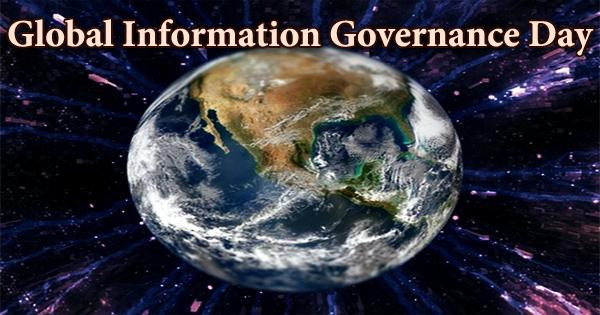The use of biomass is frequently cited as a renewable alternative to fossil fuels and is hailed by many experts as being essential to the fight against global warming. In addition to storing carbon, biomass can be converted into bio-based goods and energy that can be used to clean wastewater, enhance soil quality, and create renewable feedstock.
Biomass actually refers to organic materials derived from plants, animals, and microorganisms that can be used as a source of energy, fuel, or various other products. It is a renewable and sustainable resource because it comes from living or recently living organisms, which can be regrown or reproduced.
However, it has been difficult to produce on a wide scale due to financial limitations as well as difficulties in optimizing and managing biomass conversion.
A new study led by Yale School of the Environment’s Yuan Yao, assistant professor of industrial ecology and sustainable systems, and doctoral student Hannah Szu-Han Wang, analyzed current machine learning applications for biomass and biomass-derived materials (BDM) to determine if machine learning is advancing the research and development of biomass products.
Our argument is that if you really want to incorporate sustainability into development of this material, we need to consider the entire lifecycle of the materials, from how they are generated to their potential environmental impact. We believe machine learning has the potential to support sustainability-informed design for biomass-derived materials.
Professor Yuan Yao
The potential of BDM to develop is constrained by the lack of machine learning application over the whole life cycle, according to the study’s authors.
Yao’s research investigates how emerging technologies and industrial development will affect the environment with a focus on bioeconomy and sustainable production. Wang worked in the production of biomaterials during her master’s research.
The goal of the study, according to the two researchers, is to determine whether machine learning can assist with best practices for developing BDM, a key element of a bio-based economy, as well as forecasting their performance as sustainable materials.
“There are so many combinations of biomass feedstock, conversion technologies, and BDM applications. If we want to try each combination using the traditional trial-and-error experimental approach, this will take a lot of time, labor, effort, and energy. We already generate a lot of data from these past experiments, so we are asking, can we apply machine learning to help us to figure out how we can better design BDM?” Yao explains.
Yao and Wang examined more than 50 publications published since 2008 for the study, which was published in Resources, Conservation and Recycling, to better grasp the potential of machine learning for advancing BDM applications and sustainable development while also identifying its current and future limitations.
The researchers discovered that while a small number of studies used machine learning to solve data issues for life cycle assessments, the majority of studies solely used it to forecast and improve the technical performance of biomass conversion and uses.
None reviewed machine learning applications across the entire lifecycle, from biomass cultivation to BDM production and end-use applications.
“Most studies are applying machine learning to just a very small part of the entire lifecycle of BDM,” Yao says. “Our argument is that if you really want to incorporate sustainability into development of this material, we need to consider the entire lifecycle of the materials, from how they are generated to their potential environmental impact. We believe machine learning has the potential to support sustainability-informed design for biomass-derived materials.”
Wang said the study has led to further research on data gaps in machine learning on biomass-derived materials.
“We found a future direction that people have not yet explored in terms of sustainability assessments for BDM. There needs to be a full pathway prediction to enhance our understanding of how various factors regarding BDM interact and contribute to sustainability,” she says.
















